Strap yourself in ?, this journey into the heart of marketing is set to be compelling. We’re about to delve deep into the ten cardinal goals that can catapult your marketing strategy from lackluster to stellar. In a digital cosmos where the customer reigns supreme, aligning your goals with their desires can be the magical recipe for extraordinary outcomes.
Here’s a sneak peek at what’s in store:
- Brand Awareness Amplification: Taking the hospitality industry as an example – imagine increasing your brand visibility, so your hotel is the first that comes to mind when vacationers are planning their next getaway.
- Customer Engagement Intensification: Showcasing the online shopping industry, let’s discuss sparking dynamic interactions that keep customers eagerly returning to your e-commerce site.
- Fostering Customer Loyalty: Drawing from the SaaS sector, we’ll dive into tactics for nurturing bonds with users, turning them into ardent brand advocates.

Remember, aligning marketing goals with customers’ needs and desires isn’t just a strategy—it’s the roadmap to success. And for an unrivaled ally on this journey, consider leveraging Plerdy – an unparalleled tool for Conversion Rate Optimization and User Experience enhancement. Prepare to surf the success wave ?♂️.
What Are Marketing Goals?
In the dynamic field of marketing, setting strategic goals plays a pivotal role in driving business success. These objectives act as the compass that steers customer-focused campaigns, tailored to address specific needs, desires, and behaviors of the target audience. Here’s how it comes together:
- Increase Brand Recognition: Spotlight your brand in the saturated retail industry or cut through the noise in the hyper-competitive tech sector.
- Foster Customer Loyalty: Make your name synonymous with quality service in the hospitality niche, or build trust through transparency in the financial services sector.
- Boost Sales: Elevate your e-commerce store’s bottom line or drive foot traffic to your restaurant chain.
Each of these goals guides marketers to create bespoke strategies that hit the bullseye of customer demands. They help convert casual browsers into loyal patrons, sculpting the trajectory of a brand’s growth. Without clear, defined marketing goals, your campaign risks becoming a rudderless ship – adrift in the vast sea of customer needs and market trends. Hence, goal-setting should be the cornerstone of every marketer’s strategy.
Understanding the Importance of Setting Marketing Goals
![]()
Understanding the importance of setting marketing goals isn’t just about plotting a roadmap – it’s about fueling your brand’s journey with purpose and direction. These objectives breathe life into your marketing efforts, giving them a clear and precise target to hit. They act as the backbone of your strategies, shaping the way you communicate with your customers and influence their buying decisions.
For example:
- A high-end cosmetics brand might set goals around solidifying its status as a luxury provider, using these objectives to craft campaigns that resonate with discerning beauty enthusiasts.
- An online learning platform might aim to elevate its user engagement levels, shaping its content strategy to foster an active and vibrant community.
- A boutique winery might prioritize building direct relationships with its customers, and use these goals to dictate the design and function of its tasting room and online store.
Establishing marketing goals not only hones your message but also allows you to gauge the impact of your strategies – giving you the data you need to refine, adapt, and improve. They provide the bedrock upon which you construct your customer relationships, building trust and loyalty over time. With clear goals in hand, marketers gain the confidence to make daring decisions, push boundaries, and stir up industry waves that position their brand at the forefront of their customers’ minds.
Goal 1: Increasing Brand Awareness
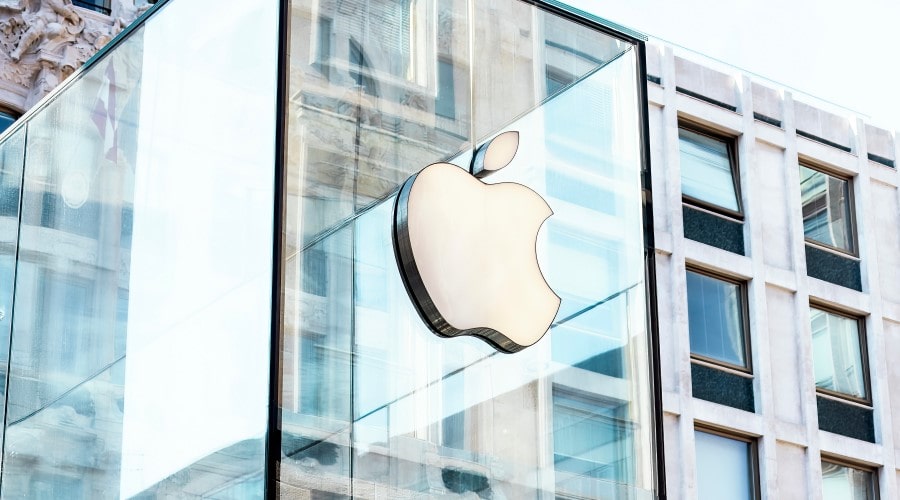
Increasing brand awareness is the first crucial goal in any marketing strategy. It’s the stepping-stone that lays the foundation for your brand’s footprint in the market landscape. By increasing brand awareness, you’re not just taking your brand name out there – you’re initiating a connection with potential customers, sparking interest, and fostering recognition.
Consider these examples:
- A burgeoning local coffee shop might launch a ‘coffee art’ competition on social media, encouraging patrons to share creative latte designs with their followers.
- An indie video game developer could leverage popular streamers to play their games, thus putting their title in front of thousands of potential players.
- A sustainable clothing line might partner with eco-conscious influencers, gaining exposure to an audience that shares their values.
Each initiative is uniquely crafted to not only broadcast the brand name but also establish a tangible connection with customers. The goal is to engrain the brand into the consciousness of the market, gradually becoming a recognized and trusted name. The road to increasing brand awareness is a blend of creative initiatives, consistency, and understanding your customers’ interests and behavior. As brand recognition blossoms, it opens the door to deeper customer relationships, paving the way for further marketing goals such as customer loyalty and sales growth. Successful marketing starts with brand recognition.
Goal 2: Building Customer Loyalty and Retention
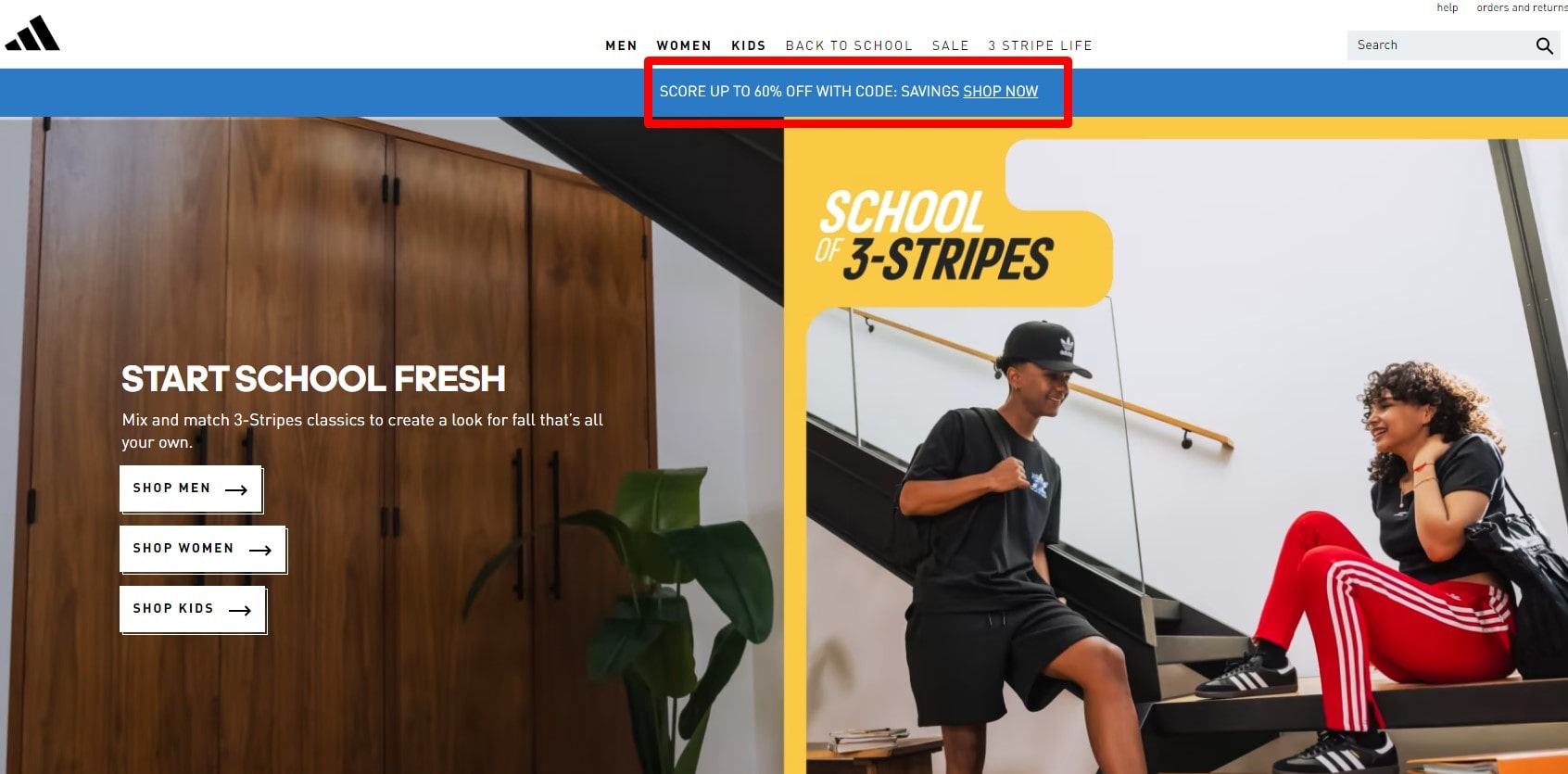
In the bustling marketplace, one marketing goal stands head and shoulders above the rest: building customer loyalty and retention. This goal underpins the lifeblood of a thriving brand, focusing on nurturing a strong bond with your customers that inspires repeat business and cultivates brand ambassadors.
Here are some tailored approaches:
- A tech startup offering cloud solutions could establish a rewards program offering exclusive features or discounts for long-term subscriptions, fostering loyalty by rewarding commitment.
- A fitness brand could deliver personalized workout plans based on individual customer’s progress, creating a unique connection and increasing retention through customization.
- An artisanal bakery might launch a monthly subscription box of unique pastries, encouraging repeat purchases and fostering anticipation for what’s next.
Customer loyalty and retention pivot on one key principle: value. As marketers, we must consistently and creatively demonstrate our value to our customer’s lives. This commitment to adding value fortifies our customers’ investment in our brands, transforming casual purchasers into brand advocates.
Customer loyalty is a never-ending goal that permeates your marketing plan. In today’s customer-centric economy, a brand’s strength is primarily decided by its ability to keep a loyal client base that not only returns but actively promotes its value.
Goal 3: Expanding Market Share

Expanding market share represents a critical marketing goal for businesses aiming to amplify their presence and influence in their respective fields. This strategic objective revolves around outpacing competitors, broadening your brand’s appeal, and ultimately capturing a larger slice of the market pie.
Consider these industry-specific strategies:
- A fintech firm might roll out a cutting-edge feature that streamlines personal budgeting, distinguishing itself from rivals and attracting more users to its platform.
- A subscription box service for pet owners could partner with a national pet chain, positioning its product in front of a wider audience and increasing its market share.
- A wellness brand could launch a line of vegan, allergen-free snacks, tapping into an under-served market segment and expanding its customer base.
By focusing on expanding market share, businesses strive to become the go-to choice in their industry. Achieving this involves understanding the customer’s needs, staying ahead of market trends, and differentiating your offerings from the competition.
A successful bid to increase market share doesn’t just fuel your brand’s growth – it also enhances its resilience, granting it the scale and reach to weather market fluctuations. The pursuit of an expanded market share pushes businesses to innovate, elevating the customer experience and positioning the brand as a market leader.
Goal 4: Driving Sales Growth
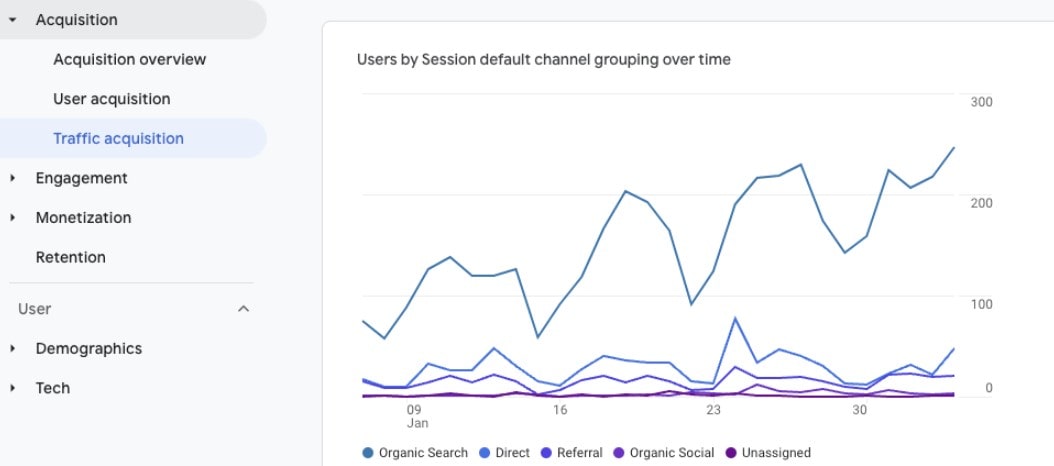
Driving sales growth sits at the heart of every business’s marketing objectives. It’s about firing up your customer’s desire, stirring their interest, and guiding them on a journey that culminates in a purchase. More than just boosting numbers, driving sales growth strengthens your brand’s financial health, empowering it to invest in innovation, customer service, and other aspects that reinforce its competitive edge.
Consider these strategies across different niches:
- A digital bookstore might roll out an ‘eBook of the Month’ club, driving recurring sales by enticing readers with curated selections and exclusive author interviews.
- An artisanal candle maker could offer limited edition seasonal scents, sparking urgency and exclusivity to stimulate sales.
- A fitness app could leverage data to suggest personalized workout gear or nutrition supplements based on the user’s workout style and dietary preferences.
Driving sales growth is a multi-faceted endeavor. It involves enticing the customer, creating an irresistible offering, and providing a seamless, frictionless purchasing process.
By driving sales growth, you’re fueling the engine that powers your business. It’s about long-term growth, customer pleasure, and brand loyalty, not just revenue gains. Understanding your customer’s requirements and providing them in a way that benefits them and your business is key to sales success.
Goal 5: Boosting Conversion Rates
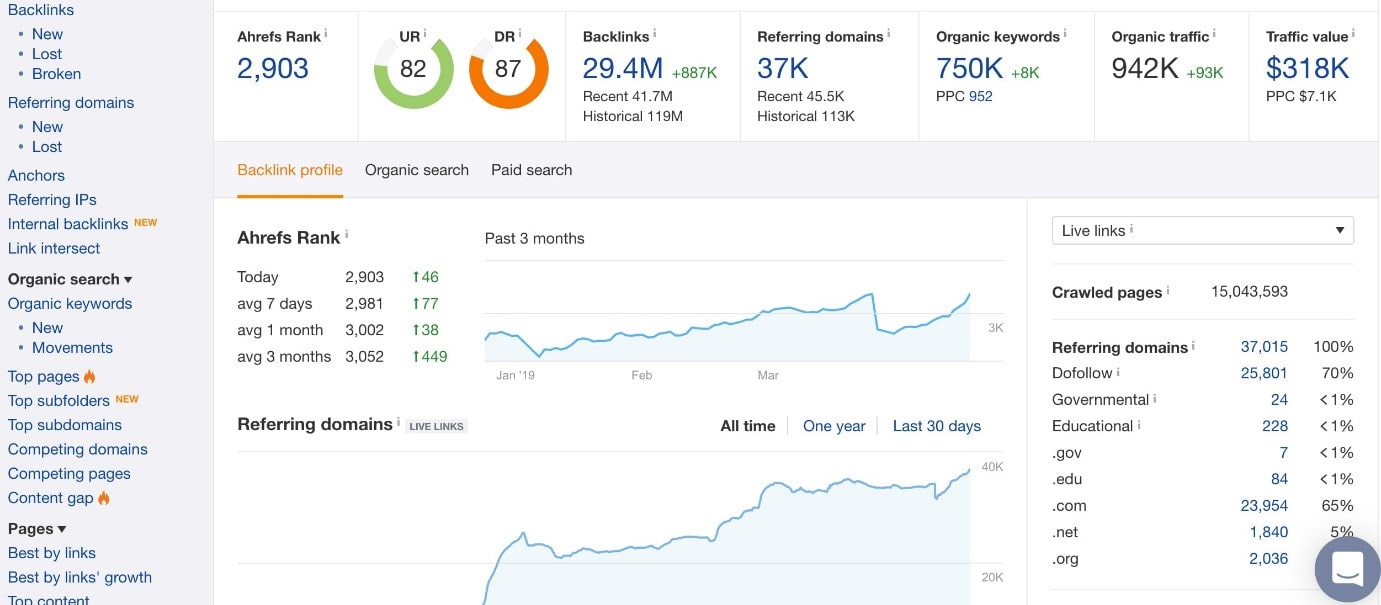
Boosting conversion rates is a pivotal marketing goal that revolves around turning potential customers into actual customers. The greater your conversion rate, the more effectively you reach your audience and address their demands.
Here are some examples from various industries:
- A real estate firm could use virtual tours and interactive floor plans to bring properties to life, increasing the chance that online visitors will request a viewing.
- An online clothing store might introduce a virtual fitting room, allowing shoppers to visualize the fit and look of garments, leading to more confident purchases.
- A SaaS provider could streamline its sign-up process, reducing friction points and making it easier for users to subscribe.
Improving conversion rates is a mix of art and science. It involves understanding your customers’ motivations and hesitations, crafting compelling calls to action, and smoothing the path to purchase. Every tweak, every change made with the intent to boost conversion rates, should be validated through testing and data analysis.
By focusing on boosting conversion rates, you optimize your existing traffic, extract more value from your marketing efforts, and increase your ROI. This aim improves your marketing strategy, consumer understanding, and customer journey touchpoints, not just your bottom line.
Goal 6: Enhancing Customer Satisfaction and Experience
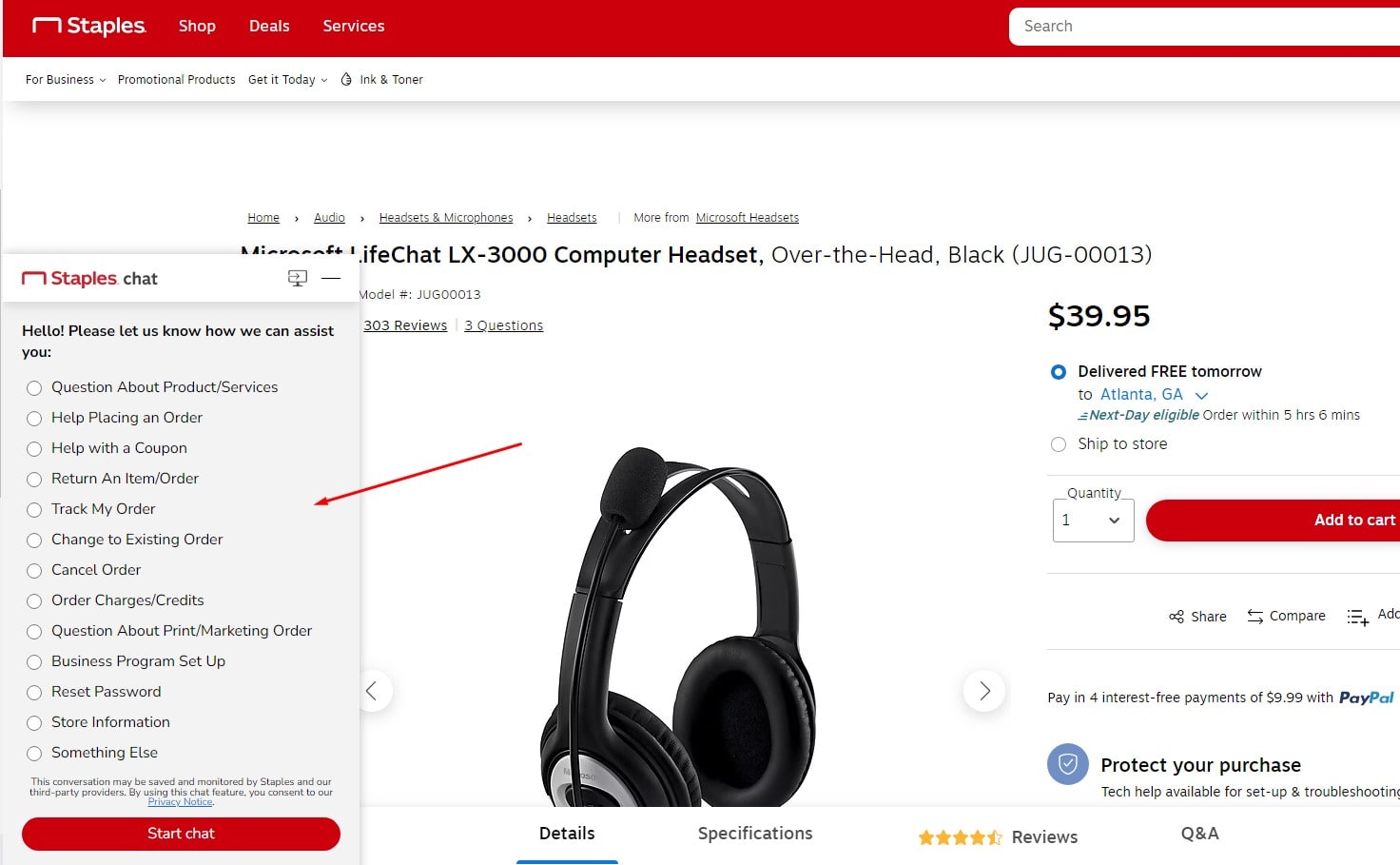
Enhancing customer satisfaction and experience is a cardinal goal in any digital marketing strategy. This objective underpins the belief that every interaction a customer has with your brand should be exceptional, memorable, and deliver value.
Dive into these strategies from various industries:
- A ride-hailing app could offer a loyalty program with exclusive perks, such as discounted rides or priority booking, fostering a feeling of recognition and appreciation among customers.
- An online learning platform might introduce interactive, gamified learning paths, making the learning process more engaging and enjoyable.
- A beauty e-commerce site could use AI-powered personalization to recommend products, providing customers with a bespoke shopping experience that caters to their unique preferences and needs.
Enhancing customer satisfaction and UX is about building strong, positive relationships with your customers. It involves understanding their needs, expectations, and pain points and crafting an experience that not only meets but exceeds these expectations.
By prioritizing this marketing goal, you pave the way for numerous business benefits: customer loyalty, positive word-of-mouth, increased customer lifetime value, and even competitive advantage. A brand that excels in delivering superior customer experiences doesn’t merely fulfill customer needs – it delights them, wins their loyalty, and positions itself as a leader in customer satisfaction. As such, the ripple effect of enhanced customer satisfaction and experience can have profound impacts on all other marketing goals.
Goal 7: Improving Digital Presence and SEO Rankings

In an era driven by digital connections, improving your brand’s digital presence and SEO rankings is a marketing goal that can’t be overlooked. A prominent digital presence makes your brand easily discoverable and accessible, while high SEO rankings ensure that you’re a top pick in search results.
Consider these initiatives from distinct sectors:
- A tech startup could launch a blog full of industry insights and helpful guides, attracting more organic traffic and establishing itself as a thought leader.
- A hotel chain might optimize its website with relevant keywords, localized content, and compelling metadata to appear in top search results for those planning travel.
- An online bookstore may leverage structured data to offer rich snippets in search results, luring clicks with ratings and prices.
Boosting digital marketing and SEO rankings requires a keen understanding of your customers’ online behavior and search patterns. It involves creating high-quality content that answers their queries, using keywords effectively, and providing an exceptional user experience on your website.
A strong digital presence and high SEO rankings not only improve your visibility but also build trust with your customers. They see you as a credible source of information, a go-to brand in your industry. This marketing goal doesn’t just attract more customers to your website – it ensures they find exactly what they’re searching for, amplifying their satisfaction and boosting your business growth. With the right approach, your digital footprint becomes a pivotal touchpoint in your customer journey.
Goal 8: Launching New Products or Services Successfully

Successfully launching fresh products or services is a notable marketing goal that can drive business expansion. By introducing compelling offerings, you can tap into untapped customer needs and foster customer excitement.
Here’s how diverse industries might approach it:
- An innovative tech firm might debut a cutting-edge gadget, captivating tech enthusiasts and early adopters.
- A fitness brand could introduce a holistic wellness program that combines diet, exercise, and mental health elements – appealing to individuals seeking a comprehensive approach to health.
- A gourmet coffee brand might debut a limited edition blend sourced from a unique location, enticing coffee lovers and collectors alike.
To achieve a successful launch, thorough market research is essential – understand your customer’s needs, identify gaps in the market, and ensure your offering fills those gaps effectively. Crafting a compelling narrative around your product or service is crucial, a story that resonates with your target audience and ignites their interest.
Launch strategies often include comprehensive marketing campaigns, enticing pre-launch offers, and post-launch customer engagement strategies. Key metrics to track might include initial sales figures, customer feedback, and how much buzz your launch creates in your industry.
Remember, a successful launch doesn’t simply mean selling a lot of your product or service—it requires making sure your customers perceive actual value in it, motivating them to remain around and explore your brand’s other offerings.
Goal 9: Developing Strategic Partnerships and Collaborations

Developing strategic partnerships and collaborations is an ambitious marketing goal that can propel your brand into unexplored territories, open up opportunities, and satisfy customer demands in unique ways.
Let’s consider a few examples across different industries:
- A high-end fashion brand might collaborate with an eco-friendly textile manufacturer to create a line of sustainable yet stylish clothing, meeting the demand of environmentally conscious consumers.
- A food delivery app could partner with local restaurants to offer exclusive deals, driving both restaurant sales and app usage.
- An online education platform might join forces with leading universities to offer accredited courses, boosting its credibility and attracting more learners.
In each case, the partnership brings something extra to the customer – whether it’s exclusive access, enhanced value, or an alignment with their values. It’s a win-win situation, with the customer getting more than they bargained for, and the collaborating brands boosting their market presence.
This goal can be approached by identifying potential partners who share your brand values, and who can offer something unique to your customers. You’ll need to negotiate win-win terms, implement the partnership effectively, and monitor its impact on your customer base.
Creating such alliances not only diversifies your business but also enriches the customer experience. Collaborations have the potential to unlock new customer segments and set your brand apart in a crowded market.
Goal 10: Optimizing Marketing ROI (Return on Investment)
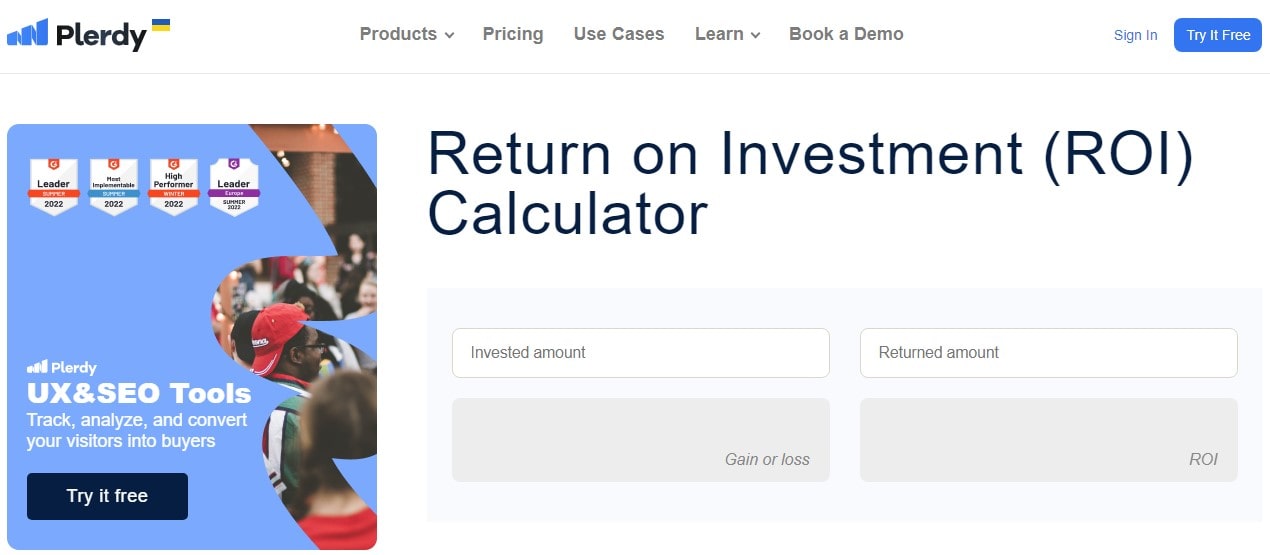
Optimizing Marketing ROI – the crux of any marketing campaign. Each dollar spent on marketing should yield a return in revenue, brand value, customer acquisition, or a combination of these. This goal stands at the intersection of prudence and performance, serving as the guiding star for marketing teams across industries.
Take an example from the hospitality industry. A hotel brand initiates a targeted email marketing campaign promoting a discounted stay for the upcoming holiday season. They keep track of metrics such as:
- Open rate
- Click-through rate
- Booking conversion rate
- Average spend per booking
By meticulously monitoring these metrics, the brand gauges the effectiveness of their campaign and the return on their marketing spend. If the revenue generated from bookings outweighs the cost of the campaign, they’ve secured a positive ROI.
The same principle applies across the board – from tech start-ups launching product demos on social media to large-scale auto manufacturers unveiling their latest model at an international auto show.
While the tactics vary, the underlying goal remains consistent – extract maximum value from each marketing dollar spent. This requires rigorous tracking of campaign performance, careful analysis of customer behavior, and an unwavering focus on bottom-line results. Remember, the most successful campaigns are those that balance creativity and strategy with data-driven decision making. A high ROI not only justifies your current marketing spend but can also secure increased budget allocation for future campaigns, empowering you to reach and exceed your marketing goals.
Measuring Your Progress Towards Your Marketing Goals
Keeping an eye on progress is paramount for achieving marketing goals. Without a clear measurement and evaluation strategy, marketing teams can find themselves adrift, unsure of their effectiveness. When an e-commerce store, for instance, invests in a pay-per-click (PPC) campaign to increase sales, it should be keen on measuring:
- Click-through rate (CTR)
- Cost per click (CPC)
- Conversion rate
- Average order value (AOV)
By scrutinizing these metrics, they gain insight into the campaign’s efficiency and its impact on the bottom line.
On a broader scale, brands must keep tabs on KPIs relevant to their overarching marketing goals. Whether it’s an uptick in social media engagement, growth in email subscriber count, or an increase in site traffic, tracking these indicators provides invaluable information about a campaign’s progress.
But measuring progress isn’t solely about tracking metrics. It’s also about making adjustments mid-flight. If a fashion retailer’s Instagram campaign isn’t yielding expected results, it’s crucial to reassess and pivot swiftly. They might decide to enhance their visuals, tweak their captions, or shake up their posting schedule.
In the end, measuring progress ties back to all marketing goals, from boosting customer satisfaction to optimizing ROI. By keeping an active pulse on their performance, brands can ensure they’re not just moving—but moving in the right direction. It’s about steering the ship with data, adapting to customer behavior, and staying on course for success.
Adjusting Marketing Goals Based on Performance
Performance-based adjustment is the crux of effective marketing goal strategy. When a B2B software company, for example, realizes its LinkedIn campaign isn’t driving enough leads, it’s time to reassess, revise, and relaunch.
Performance metrics can reveal many facets:
- A low conversion rate might indicate issues with landing page design or message clarity.
- Decreased engagement might suggest that content isn’t resonating with the audience.
- An uptick in unsubscribes could signify that email frequency is too high.
Armed with these insights, the company can fine-tune its marketing approach—refine the messaging, redesign the landing page, adjust content strategy, or modify email schedules.
The dynamic world of digital marketing necessitates that businesses remain agile, ready to pivot based on performance feedback. Take a skincare brand that spots a surge in organic traffic but a decline in time spent on site. They might decide to ramp up their content quality—include engaging video tutorials, share compelling customer testimonials, or offer insightful skincare tips.
It’s essential to remember that goals are not static. They evolve with the business, with the market, and most importantly—with the customer. Making adjustments based on performance isn’t just about correcting course—it’s an opportunity to deepen customer understanding, sharpen marketing strategy, and edge closer to success.
Conclusion
Now that you’ve journeyed through the ten transformative goals in marketing, it’s time to take those insights and begin weaving your success narrative. In the sea of possibilities that marketing presents, knowing which goals to set – and how to attain them – is your key to surf the tide of success. ?
From brand awareness amplification to fostering customer loyalty, the road map we’ve unveiled is your route to connect with customers on a deeper level. But remember, these goals aren’t mere waypoints – they’re milestones in the development of your brand’s unique story. Like stars in the constellation of marketing, they help you navigate the vast landscape of opportunities and chart your course to victory. ?
But don’t stop at the shore. Dive deeper with the Plerdy tool, your invaluable ally for SEO and UX analysis. Think of it as your compass, guiding your efforts and helping you monitor your journey towards your desired goals. Use it now to uncover the smart, impactful insights you need to make your marketing vision a reality.
So, ready to turn insights into action? Let’s take the leap and start making waves in the vast ocean of marketing. ?
